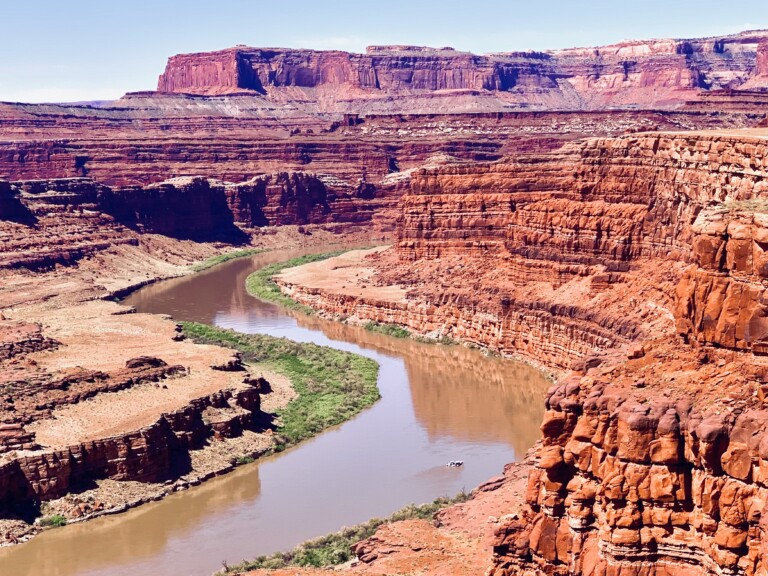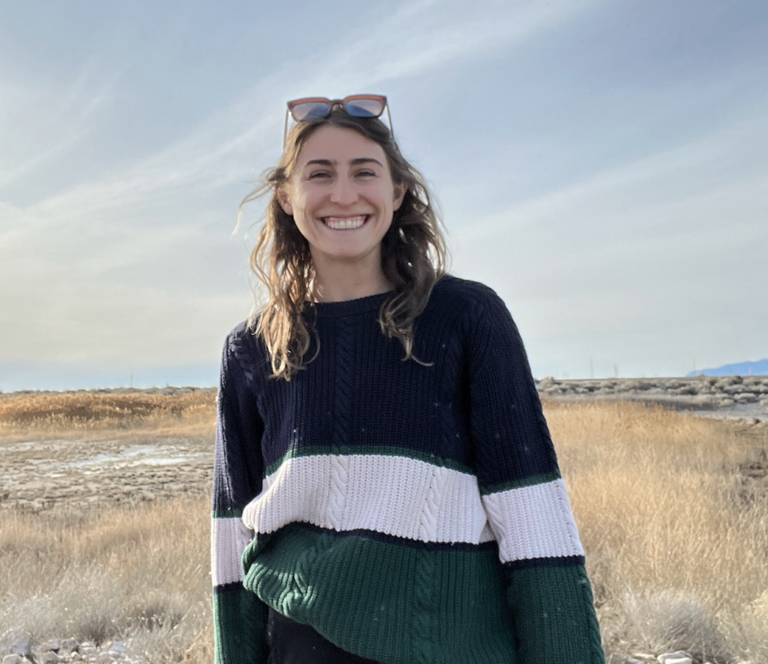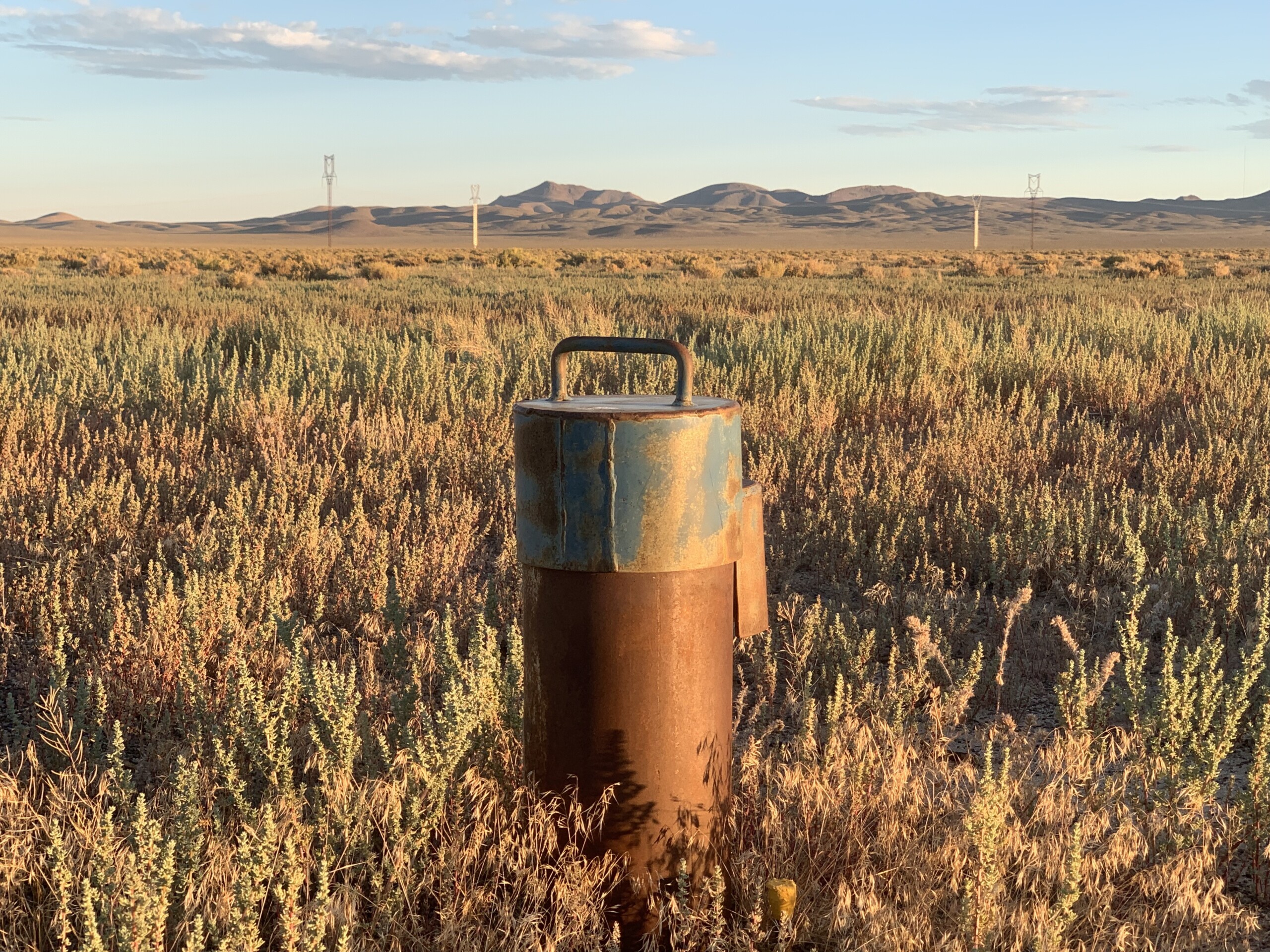CONTROVERSIAL DEVELOPERS APPLY FOR WATER IN GRANITE SPRINGS VALLEY ONCE AGAIN
As longtime followers know, we voraciously track regulatory filings. Recent applications in the Nevada State Engineer’s office highlight that developers are pursuing more ill-conceived efforts near Pyramid Lake in a basin that is already over-allocated. But these aren’t just any filings. They are from long-time desert pitch person Harvey Whittemore, best known as the mastermind behind the Coyote Springs Investment boondoggle.
Harvey was a major player in the state politics pushing the Las Vegas Water Grab –– how else would a basin like Coyote Springs really get some 125,000 acre feet of water every year? Now, Mr. Coyote Springs has been canoodling in northwest Nevada counties with hopes of taking the Newlands Project mantra of blooming the desert to a whole new level. Instead of farms and ranches, he wants subdivisions subsisting on imported groundwater.
The short of the story is that Harvey and Thomas K. Gallagher, longtime consulting hydrologist and hired gun for developers, applied for nearly 5 billion gallons of groundwater annually (15,000 acre feet/year) in a basin that is already fully allocated. Granite Springs Valley is north of Interstate 80, wedged between Lovelock and the Winnemucca Dry Lake with the Sahwave Mountains to the west, Trinity Range to the East, and the Black Rock Desert to the North. C-Punch Ranch is the predominant ag operation in Granite Springs Valley that has most of the water right now. A bevy of mining operators have come and gone during the last century.
This is not Gallagher’s first foray in Granite Springs Valley. He was a party to similar filings before and for an even larger, multi-basin water grab under the name Aqua Trac, LLC. But this partnership with Harvey, known as Granite Springs Ditch and Pipeline, LLC, is a new venture.
After reviewing the applications, GBWN could come up with no fewer than nine reasons why approving this proposal would conflict with the basic principles of Nevada water law. Among them: There isn’t enough water, conflicts with existing rights users are likely, and this would be in violation with Nevada’s Anti-Speculation Doctrine. The perennial yield of the basin is 4,500 acre feet annually. Harvey and Co want to appropriate more than 3 times that amount (See applications 92872-92877, inclusive). Well logs from the state show an already dropping water table from existing pumping. The application says the pipeline would cost $60 million. We have no idea if Mr. Coyote Springs and company have real money –– let alone the ability to pay for the likely low-ball figure they put forth in the applications. Additionally, this new effort should test the limits of the state’s anti-speculation doctrine with a questionable listing of parcels that are in undeveloped patches of desert. We have no idea if there are valid contracts for end users. And, of course, this would not be an environmentally sound effort –– there is connectivity among all the groundwater basins in the region. Sticking more straws in the ground is a frightening idea.
State Engineer Adam Sullivan denied a more recent attempt from Gallagher and Aqua Trac that began in 2021 to appropriate water from Granite Springs Valley. In the mid 2000s, Gallagher worked on the initial Aqua Trac push that former State Engineer Tracy Taylor denied on the grounds of speculation and lack of availability.
All of this adds up to a major public interest concern. And, in the grand scheme of things, this is just one of many efforts out there to make a quick buck at the expense of the public interest, that complex mosaic of ecologic, hydrologic and economic interests.
We have alerted officials in the region and are hoping that the State Engineer rebuffs these applications. We have a substantial protest drafted and ready to go if the Division of Water Resources considers them in any serious fashion.
Someone asked me the other day why GBWN cares about this. It’s simple: the public interest. We will ask the Nevada State Engineer to deny these unsustainable and speculative applications.
In the deserts around Pyramid Lake, we have Blockchains, Sonterra, Vidler and others who believe they can profit off our scarce water resources. Water Asset Management is just down the road from them in Winnemucca. Churchill County has a planned water grab for Dixie Valley. The list goes on and on. The Newlands Project and Derby Dam, the first project ever from the Bureau of Reclamation, is the original water grab in the region, precipitously dropping Pyramid Lake’s levels and drying Winnemucca Lake into a dusty playa.
There are many corollaries between this effort and Coyote Springs. Limited supplies of water. Big developer dreams. Ecological refugia nearby. And, senior water rights in the crosshairs.
History repeats itself across the Great Basin. Whittemore’s Granite Springs project is no exception. If that holds true, then the State Engineer, we hope, will do the right thing. If not, we will demand it.
SPEAKING OF GROUNDWATER EXPORT NEAR PYRAMID LAKE
We recently took out a crew from Agence France-Presse (AFP) to Honey Lake Valley to show them Vidler’s groundwater exportation effort just northwest of Pyramid Lake to feed sprawl in Reno. There are plans to export even more water in the region, and we are tracking these potential efforts in hopes of educating the public about impacts to desert waters. Read the story here.
And don’t forget about our latest revelations on the case between Blockchains and big-time lenders over groundwater in the San Emidio Basin worth millions.
COLORADO RIVER REGULATORY UPDATES: NEXT MAJOR MILESTONE UPON US

We are a few weeks out from the deadline to submit scoping comments on the federal government’s environmental review of the new management paradigm for Lakes Mead and Powell. GBWN will be submitting substantial comments. What this means: We are going to ask the federal government to do a number of things in its Draft Environmental Impact Statement. What this means in reality: We are asking the federal government to consider filling Lake Mead first and managing Lake Powell as a run-of-the-river operation rather than as a reservoir.
The nation’s top Colorado River academics and former water managers believe that should be on the table. Recently, in the respected journal “WIREs Water,” Jack Schmidt, Eric Kuhn and Charles Yakulic explore the notion that a “one dam solution” is not just a radical idea pushed by GBWN’s friends at Living Rivers, Glen Canyon Institute, Utah Rivers Council and Save the Colorado. One big reservoir on the Colorado River is the future.
THE DAM TRUTH: INCLUDE THE OTHER RESERVOIRS IN THE 2026 REVIEW
The Salt Lake Tribune recently published a story that we’ve been hoping for as it relates to river management. Last summer, Upper Basin Water Managers chided the Bureau of Reclamation for sending larger-than-usual quantities of water from Flaming Gorge Reservoir to prop up Lake Powell in order to prevent Minimum Power Pool elevations. The folks in Southwestern Wyoming and Northeastern Utah have long prided themselves on having a reservoir without a big bathtub ring. And it is causing some of them to even suggest draining Lake Powell. Read this thoughtful piece from the Trib’s Leia Larsen. But also consider: How can the Bureau only do a major environmental review on Mead and Powell when, during a crisis, regulators need to pull from the other reservoirs to prop things up?
"SEVIER" WATER PROBLEMS?
Earlier this week, the Southern Utah Wilderness Alliance filed a lawsuit against the BLM on a proposed potash mine on the Sevier Lake, citing threats to the groundwater aquifer, ecosystem imperilment, and the agency’s failure to consider less damaging alternatives as primary complaints.
After BLM approval in 2020, The Sevier Lake Playa Project had been stalled for lack of funds until March of this year when Peak Minerals, the project’s investor, announced $30 million in new investment.
GBWN has been watching this project for years because — whether you like the mine or not — the Cedar City Water Grab and Pipeline will pull water from the Sevier Desert’s aquifer system, making existing problems there even worse.
MEET CHANDLER, WATER WARRIORS

GBWN is proud to welcome Chandler Rosenberg, our newest full-time staffer –– made possible by your generous support. As Deputy Director, Chandler will be helping to manage campaigns, legislative issues, and community outreach in Utah. Born and raised in Salt Lake City, Chandler knows a thing or two about the connection between urban and rural communities and water systems.
She comes to us after spearheading the groups Save Our Great Salt Lake and the Utah Food Coalition. She graduated from the University of Virginia and serves on the Board of the Wasatch Community Gardens.
Please welcome Chandler and contact her with questions, concerns or musings (We love to hear from you): chandler@greatbasinwater.org
COMMON LAW: A NOVEL APPROACH FOR GREAT SALT LAKE PROTECTION?
Save Our Great Salt Lake, a grassroots coalition working to protect and restore Great Salt Lake, is taking a novel — albeit ancient — approach to conservation. Inspired by the Rights of Nature movement, which recognizes the interdependence of human and ecosystem health and seeks to give nature a stake in the law, the group has published a draft resolution calling for Great Salt Lake’s rights to exist, flourish, and be restored.
The resolution, coauthored by the Earth Law Center and Save the Colorado, declares Great Salt Lake’s right to a healthy lake level that supports both human and nonhuman communities, and asks local governments to consider the health of the lake in all relevant programs and decision-making. The group is now seeking public input on the resolution before taking it to municipalities along the lake’s shore in Salt Lake, Davis, Weber, and Tooele Counties.

